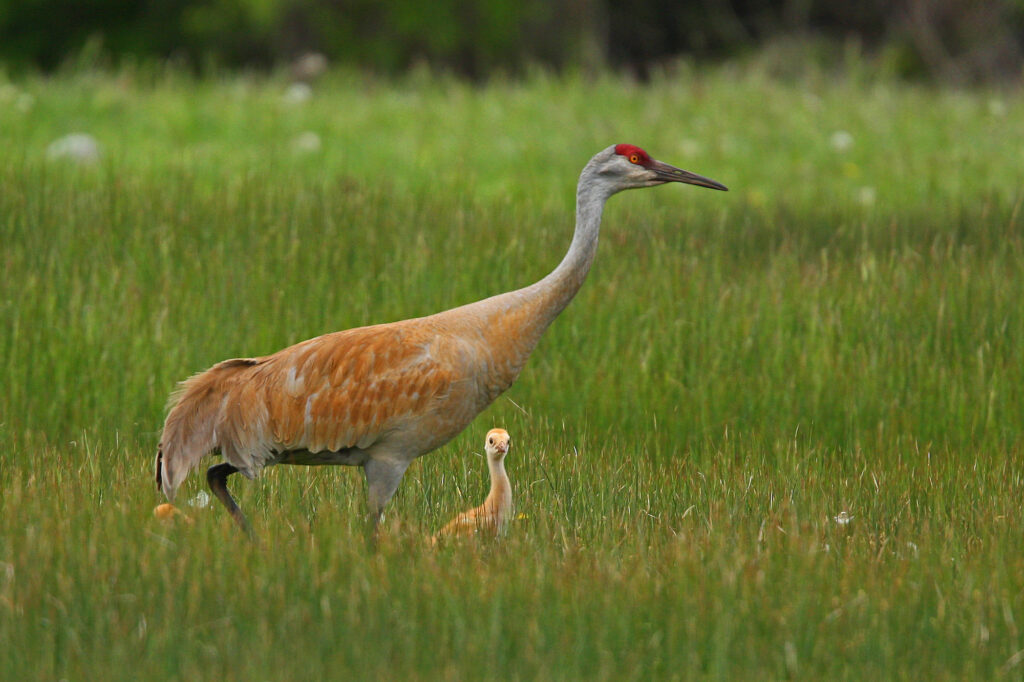
This Intermountain Insights takes a look at a fascinating study on white-faced ibis and its implications for the conservation of wetlands in the Intermountain West. Researchers from the University of Montana and the Intermountain West Joint Venture conducted the first-ever long-term monitoring of white-faced ibis breeding habitat. Using satellite imagery, they estimated seasonal flooding across this network of public and private wetland sites over a 30+ year period. In doing so, they captured a detailed picture of how flooding trends influence ibis habitat use. This information allows conservationists to pinpoint priority sites and practices that can help both this umbrella species—and other species reliant on water in the West—become more resilient in the face of long-term drought and climate change.
The technical report, Monitoring change across North America’s white-faced ibis (Plegadis chihi) breeding colony network; a framework for priority wetland conservation, can be viewed here. Data from this study is also available in a Google Earth Engine app that allows users to visualize a wetland landscape across space and time by layering ibis breeding habitat, hydrology, and wetland resilience datasets.
Coons, Shea, J. Patrick Donnelly, and Victoria J. Dreitz (2021). Monitoring change across North America’s white-faced ibis (Plegadis chihi) breeding colony network; a framework for priority wetland conservation. Technical Report. https://iwjv.org/wp-content/uploads/2022/01/ibisTech.pdf
A published version of this technical report can be found here: https://www.sciencedirect.com/science/article/pii/S2351989425003361



